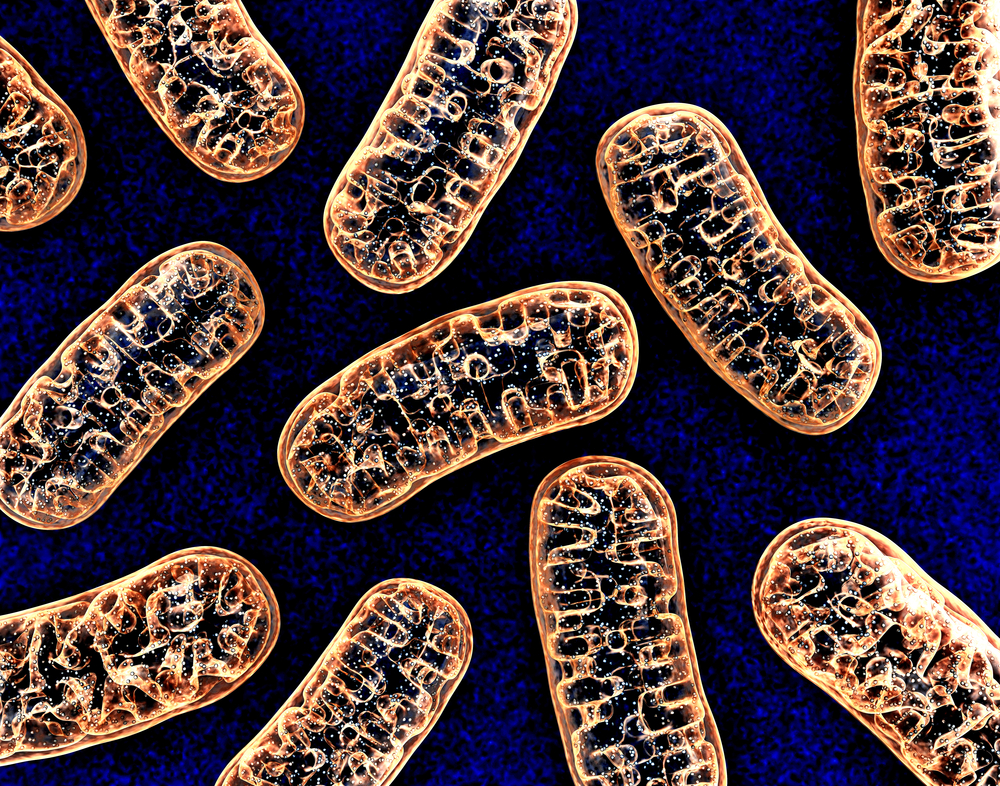Low Copper Levels May Lead to CMT, Iowa Study Suggests
Written by |

Deficiency in copper, a key factor in several cellular functions, may play a role in Charcot-Marie-Tooth (CMT) disease, say researchers at the University of Iowa’s Carver College of Medicine.
Their study, “SCO2 mutations cause early-onset axonal Charcot-Marie-Tooth disease associated with cellular copper deficiency,” appeared in the journal Brain.
Researchers found mutations in the SCO2 gene, a copper transporter, in two unrelated patients with CMT type 4, which was linked to low levels of copper in patients’ fibroblasts.
“Given that another Charcot- Marie-Tooth disease gene, ATP7A, is a known copper transporter, our findings further underline the relevance of copper metabolism in Charcot-Marie-Tooth disease,” they wrote.
SCO2 is a mitochondrial copper-binding protein that picks up copper ions and delivers them to the enzyme cytochrome c oxidase (also known as COX or Complex IV) — an enzyme involved in energy production.
In fact, SCO2 and other three factors — SCO1, COX10 and SURF1 – are needed to make COX.
Mutations in the SCO2 gene lead to severe copper deficiency in the affected tissues, supporting SCO2’s role in controlling the levels of copper in cells. This is an important mechanism as “copper dysregulation has been recognized as a pathological feature of neurodegenerative diseases including Alzheimer’s, Parkinson’s, Menkes and Wilson diseases,” researchers wrote.
Previous studies have reported the presence of mutations in the SCO2 gene in several cases of fatal infantile cardioencephalomyopathy with COX deficiency. These are mitochondrial disorders characterized by onset of defects in the heart muscle, in the utero or in the first days of life, accompanied by neuronal abnormalities.
To identify what other outcomes may be linked with SCO2 mutations, researchers identified mutations in the SCO2 gene in two unrelated patients with CMT type 4. Both exhibited different clinical outcomes than what had been described as associated with SCO2 and SCO1 mutations.
“Different from previously described cases, our patients developed predominantly motor neuropathy, they survived infancy, and they have not yet developed the cardiomyopathy that causes death in early infancy in reported patients,” researchers said.
These results suggest that SCO2 appears to be linked to copper metabolism, a defect detected in patients with mutations in the ATP7A gene. These patients have distal hereditary motor neuropathy similar to CMT.
Lack of copper is associated with a wide range of neurological diseases, including motor neuron disease.
“This report provides the first description of CMT patients with SCO2 mutations associated with decreased copper levels,” researchers wrote. “This underlines the importance of copper homeostasis [equilibrium] in the peripheral nervous system.”




